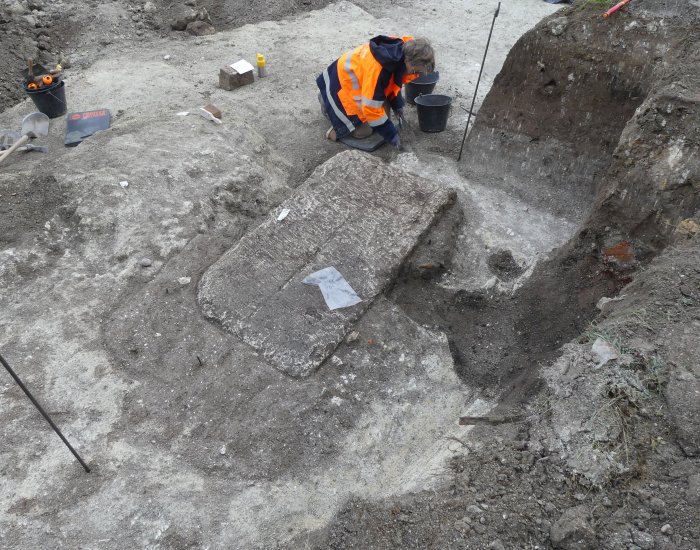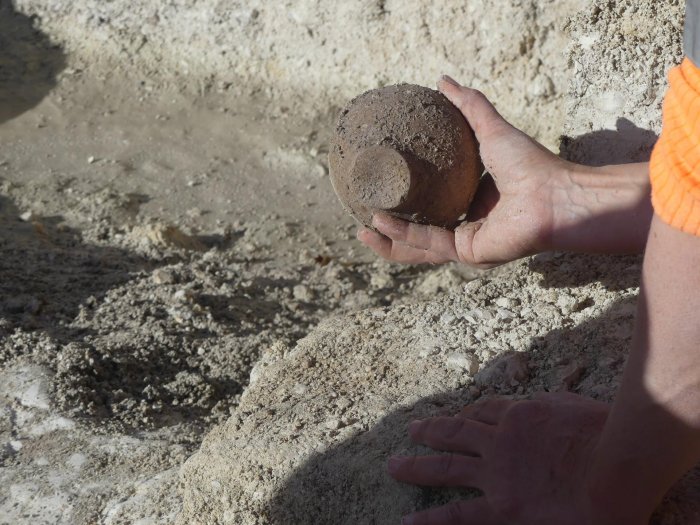Intact 1,800-Year-Old Roman Sarcophagus With Unexpected Treasures Found In France
It does not happen often that archaeologists find an ancient, unlooted Roman sarcophagus. When it happens, like it just did in France, it is an excellent opportunity to learn more about the past.
“It’s quite exceptional, it’s the first time that we have found a tomb intact and which has not been looted. It was sealed by eight iron staples, and we were the first to explore it,” Agnès Balmelle, deputy scientific and technical director at Inrap Grand Est, told local news Le Parisien.

The 1,800-year-old sarcophagus was unearthed by a team of archaeologists from INRAP (France’s National Institute for Preventive Archaeology) excavating in the vast ancient necropolis at Rue Soussillon.
The ancient Durocortorum (Reims) was the capital of the province of Gaul Belgium, and one of the largest cities in the Roman Empire.
Scientists have excavated 1,200 m² on Rue Soussillon, which represents only a portion of a vast ancient necropolis.
The high density of tombs is particularly interesting in this part of the city since it has long been considered a swampy area unsuitable for any settlement.

During the recent excavation, scientists discovered a lime sarcophagus limestone that measures 3.3 feet high, 5.4 feet long, and 2.6 feet wide, with a 1,700-pound lid held in place by iron pegs sealed with lead.
The archaeologists first did X-rays on the sarcophagus then used an endoscopic camera.

Inside the sarcophagus were funerary goods placed next to the skeleton of a woman.
“The skeleton occupied the entire space of the [5-foot] tank, the individual must have been around 40 years old and had a special status. Four oil lamps were found near her legs and shoulders, as well as a small mirror, an amber ring, and a comb,” Balmelle told the press.

Inside the sarcophagus were also two glass containers possibly containing perfumed oils.
The unearthed items indicate that the burial occurred in the 2nd century A.D. Samples of the sediment on the bones and on the bottom of the tank will make it possible to determine if there are plant remains or products linked to the treatment of bodies.
Furthermore, the Inrap team in Reims is building a genetic database on ancient Reims funerary complexes as part of a research project.
DNA taken from a tooth from the skeleton will be compared to 80 samples to determine whether this woman belongs to a local or more distant elite.